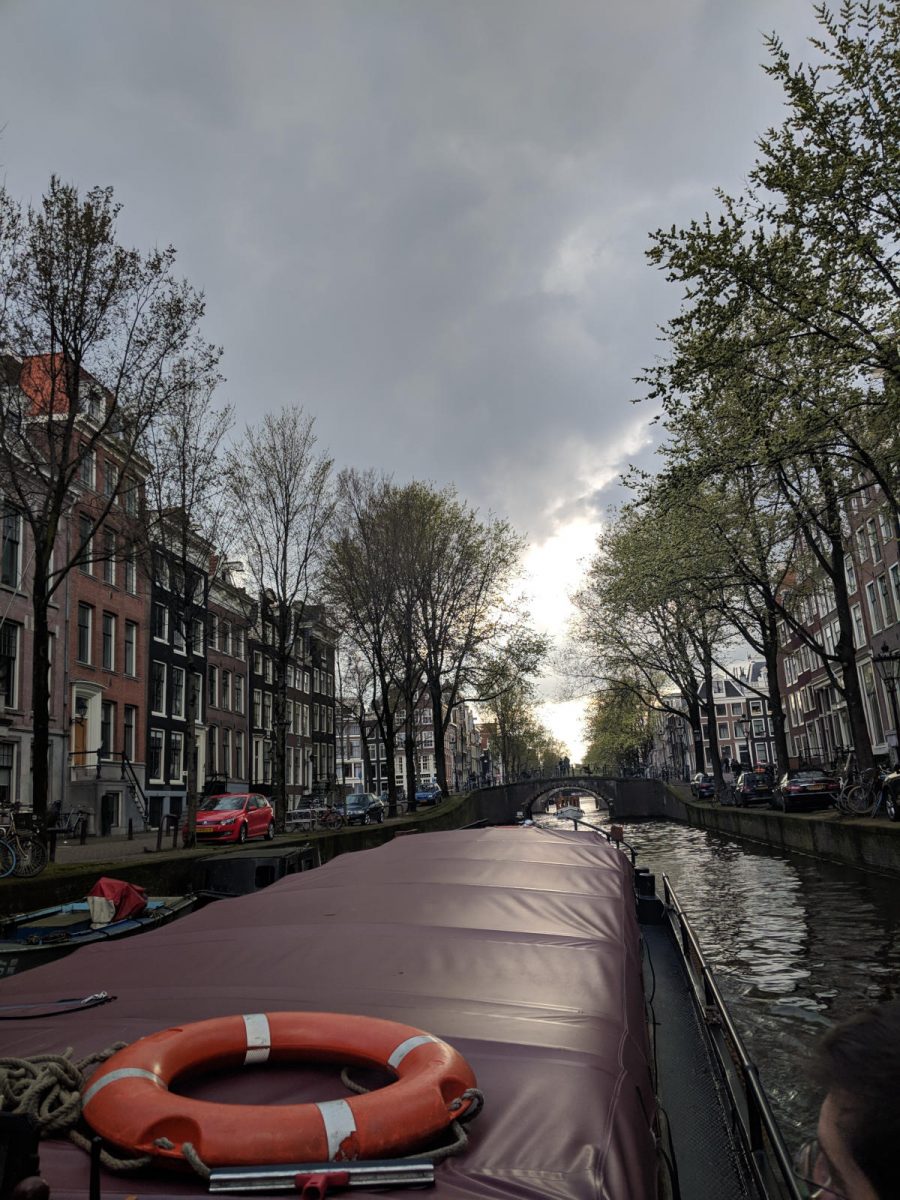Yesterday we plowed through a large and varied selection of HTTP topics in the Workshop. Today we continued. At 9:30 we were all in that room again. Day two.
Martin Thomson talked about his “hx” proposal and how to refer to future responses in HTTP APIs. He ended up basically concluding that “This is too complicated, I think I’m going to abandon this” and instead threw in a follow-up proposal he called “Reverse Javascript” that would be a way for a client to pass on a script for the server to execute! The room exploded in questions, objections and “improvements” to this idea. There are also apparently a pile of prior art in similar vein to draw inspiration from.
With the audience warmed up like this, Anne van Kasteren took us back to reality with an old favorite topic in the HTTP Workshop: websockets. Not a lot of love for websockets in the room… but this was the first of several discussions during the day where a desire or quest for bidirectional HTTP streams was made obvious.
Woo Xie did a presentation with help from Alan Frindell about Extending h2 for Bidirectional Messaging and how they propose a HTTP/2 extension that adds a new frame to create a bidirectional stream that lets them do messaging over HTTP/2 fine. The following discussion was slightly positive but also contained alternative suggestions and references to some of the many similar drafts for bidirectional and p2p connections over http2 that have been done in the past.

Lucas Pardue and Nick Jones did a presentation about HTTP/2 Priorities, based a lot of research previously done and reported by Pat Meenan. Lucas took us through the history of how the priorities ended up like this, their current state and numbers and also the chaos and something about a possible future, the h3 way of doing prio and mr Meenan’s proposed HTTP/3 prio.
Nick’s second half of the presentation then took us through Cloudflare’s Edge Driven HTTP/2 Prioritisation work/experiments and he showed how they could really improve how prioritization works in nginx by making sure the data is written to the socket as late as possible. This was backed up by audience references to the TAPS guidelines on the topic and a general recollection that reducing the number connections is still a good idea and should be a goal! Server buffering is hard.
Asbjørn Ulsberg presented his case for a new request header: prefer-push. When used, the server can respond to the request with a series of pushed resources and thus save several round-rips. This triggered sympathy in the room but also suggestions of alternative approaches.
Alan Frindell presented Partial POST Replay. It’s a rather elaborate scheme that makes their loadbalancers detect when a POST to one of their servers can’t be fulfilled and they instead replay that POST to another backend server. While Alan promised to deliver a draft for this, the general discussion was brought up again about POST and its “replayability”.
Willy Tarreau followed up with a very similar topic: Retrying failed POSTs. In this this context RFC 2310 – The Safe Response Header Field was mentioned and that perhaps something like this could be considered for requests? The discussion certainly had similarities and overlaps with the SEARCH/POST discussion of yesterday.
Mike West talked about Fetch Metadata Request Headers which is a set of request headers explaining for servers where and what for what purpose requests are made by browsers. He also took us through a brief explained of Origin Policy, meant to become a central “resource” for a manifest that describes properties of the origin.
Mark Nottingham presented Structured Headers (draft). This is a new way of specifying and parsing HTTP headers that will make the lives of most HTTP implementers easier in the future. (Parts of the presentation was also spent debugging/triaging the most weird symptoms seen when his Keynote installation was acting up!) It also triggered a smaller side discussion on what kind of approaches that could be taken for HPACK and QPACK to improve the compression ratio for headers.
Anne van Kesteren talked Web-compatible header value parsers, standardizing on how to parse headers not covered by structured headers.
Yoav Weiss described the current status of client hints (draft). This is shipped by Chrome already and he wanted more implementers to use it and tell how its working.
Roberto Peon presented an idea for doing “Partialy-Reliable HTTP” and after his talk and a discussion he concluded they will implement it, play around and come back and tell us what they’ve learned.
Mark Nottingham talked about HTTP for CDNs. He has this fancy-looking test suite in progress that checks how things are working and what is being supported and there are two drafts in progress: the cache response header and the proxy status header field.
Willy Tarreau talked about a race problem he ran into with closing HTTP/2 streams and he explained how he worked around it with a trailing ping frame and suggested that maybe more users might suffer from this problem.
The oxygen level in the room was certainly not on an optimal level at this point but that didn’t stop us. We knew we had a few more topics to get through and we all wanted to get to the boat ride of the evening on time. So…
Hooman Beheshti polled the room to get a feel for what people think about Early hints. Are people still on board? Turns out it is mostly appreciated but not supported by any browser and a discussion and explainer session followed as to why this is and what general problems there are in supporting 1xx headers in browsers. It is striking that most of us HTTP people in the room don’t know how browsers work! Here I could mention that Cory said something about the craziness of this, but I forget his exact words and I blame the fact that they were expressed to me on a boat. Or perhaps that the time is already approaching 1am the night after this fully packed day.
Good follow-up reads from that discussion is Yoav’s blog post A Tale of Four Caches and Jake Archibalds’s HTTP/2 Push is tougher than I thought.
As the final conversation of the day, Anne van Kesteren talked about Response Sources and the different ways a browser can do requests and get responses.
Boat!
HAproxy had the excellent taste of sponsoring this awesome boat ride on the Amsterdam canals for us at the end of the day

Thanks again to Cory Benfield for feeding me his notes of the day to help me keep things straight. All mistakes are mine. But if you tell me about them, I will try to correct the text!


Why would the client pass on a script for the server to execute? What server would allow that?
If it would be an agreed-upon protocol that the server supports and opts-in to, it would. That discussion was around reducing round-trips and back-and-forth when clients so a sequence of API calls over HTTP.
Yeah but why, like what is the use case?
Martin’s hx presentation explains the use-case: to be able to reduce a series of request-response flows into a single request-response. For performance. It is a fairly common pattern seen among contemporary web HTTP API users.